Unlicensed Coal Mining. Destruction of Historical and Natural Monuments.
40°04’2870″N 70°29’5841″E
Coal mining is one of the most controversial in terms of profitability and one of the most dangerous in terms of negative impact on ecology and human health within the fuel and energy complex of Kyrgyzstan. Despite the fact that many countries have recently begun to abandon coal in favor of alternative energy sources, thereby provoking a decrease in demand and devaluation of this type of fuel, local authorities still consider coal a promising sector of industry and are taking measures to increase coal production volumes. In the Batken region, more than 300 thousand tons of coal are mined annually. However, complex underground operations are often carried out without adhering to technical safety regulations, and unqualified local residents are the ones extracting the black gold.
Coal mines and open-pit mines pollute the atmospheric air and water bodies, poison and permanently destroy the genetic profile of the soil, and become sources of a vast amount of hazardous waste and industrial debris. Coal dust, soot, and fine particulate matter released into the atmosphere during coal extraction and transportation can lead to oncological and other diseases of the heart and respiratory system, causing premature deaths of hundreds of people. Official statistics confirm that in coal mining areas, air, water, and soil pollution, as well as high morbidity and mortality rates, are significantly higher than in areas distant from coal enterprises. However, in most cases, authorities and regulatory bodies prefer not to speak about this openly. These plans mean that coal open-pits, which have already expanded over the past decades, will continue to grow. Open-pit coal mining permanently alters the landscape. Authorities and businesses talk a lot about land reclamation, but this is a lengthy process.
Coal mining is one of the most controversial in terms of profitability and one of the most dangerous in terms of negative impact on ecology and human health within the fuel and energy complex of Kyrgyzstan. Despite the fact that many countries have recently begun to abandon coal in favor of alternative energy sources, thereby provoking a decrease in demand and devaluation of this type of fuel, local authorities still consider coal a promising sector of industry and are taking measures to increase coal production volumes. In the Batken region, more than 300 thousand tons of coal are mined annually. However, complex underground operations are often carried out without adhering to technical safety regulations, and unqualified local residents are the ones extracting the black gold.
Coal mines and open-pit mines pollute the atmospheric air and water bodies, poison and permanently destroy the genetic profile of the soil, and become sources of a vast amount of hazardous waste and industrial debris. Coal dust, soot, and fine particulate matter released into the atmosphere during coal extraction and transportation can lead to oncological and other diseases of the heart and respiratory system, causing premature deaths of hundreds of people. Official statistics confirm that in coal mining areas, air, water, and soil pollution, as well as high morbidity and mortality rates, are significantly higher than in areas distant from coal enterprises. However, in most cases, authorities and regulatory bodies prefer not to speak about this openly. These plans mean that coal open-pits, which have already expanded over the past decades, will continue to grow. Open-pit coal mining permanently alters the landscape. Authorities and businesses talk a lot about land reclamation, but this is a lengthy process.

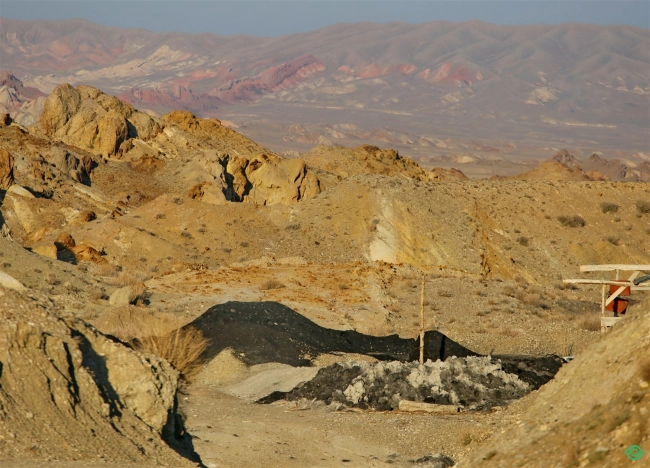

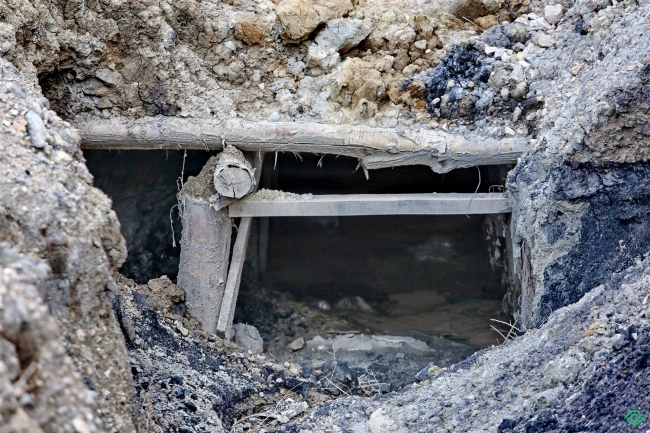
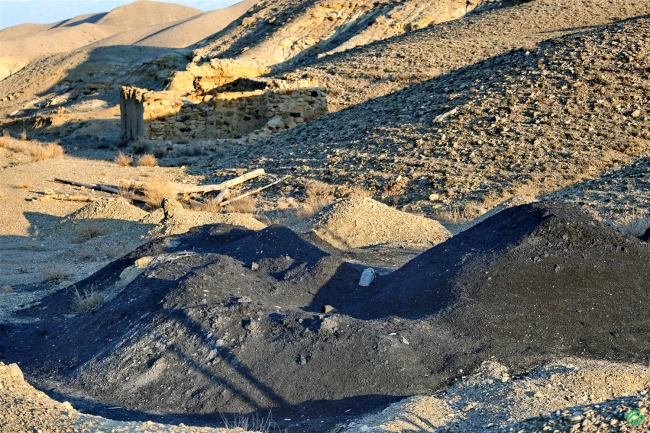
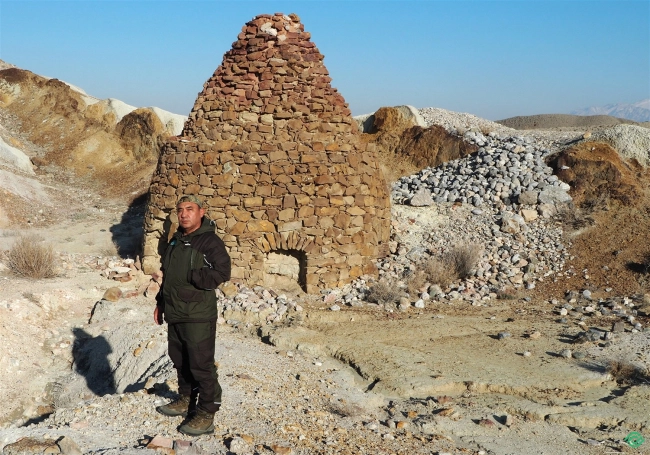
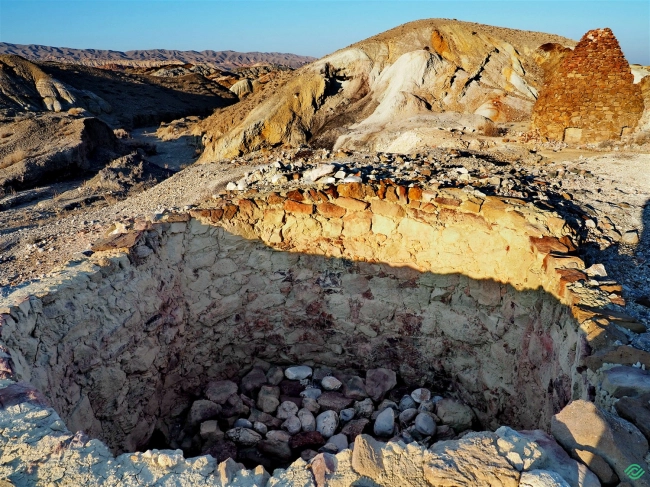
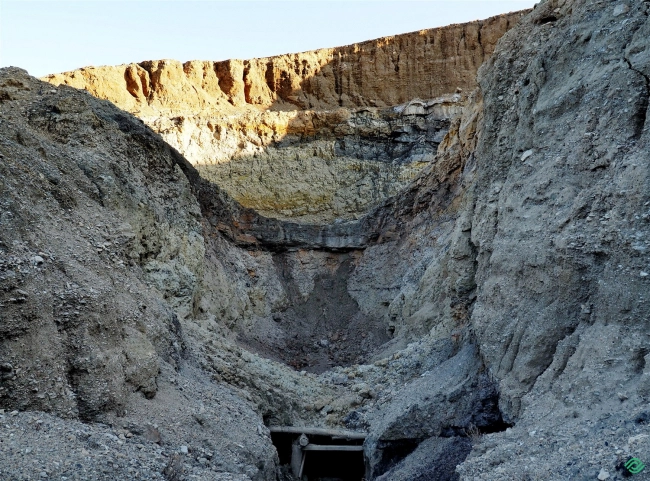

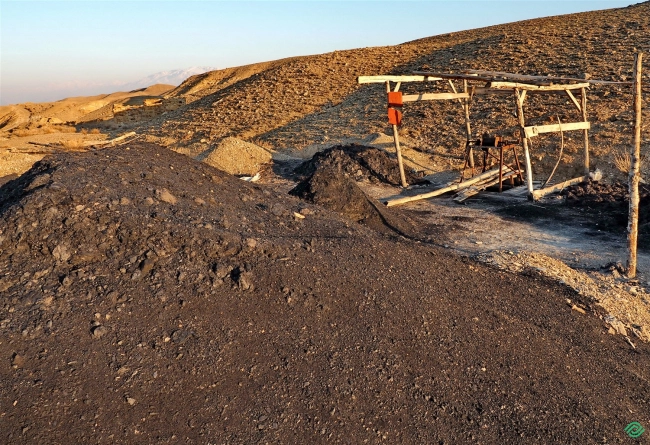

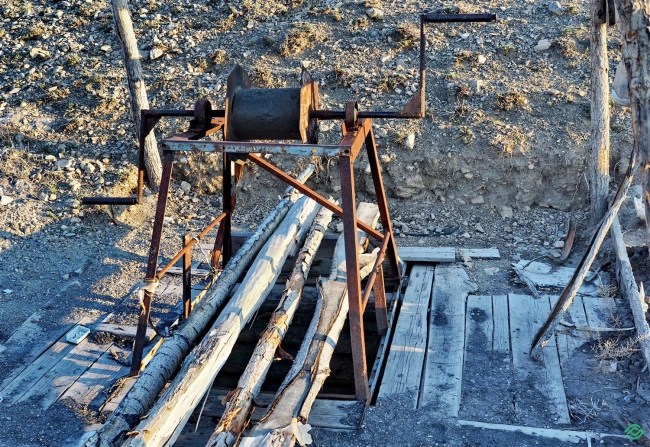
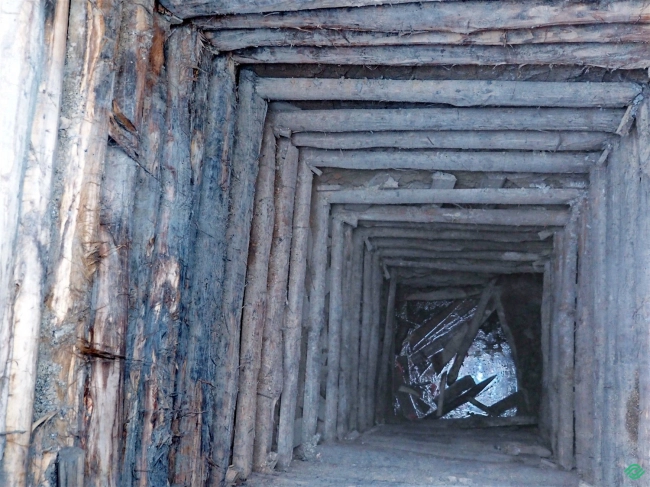
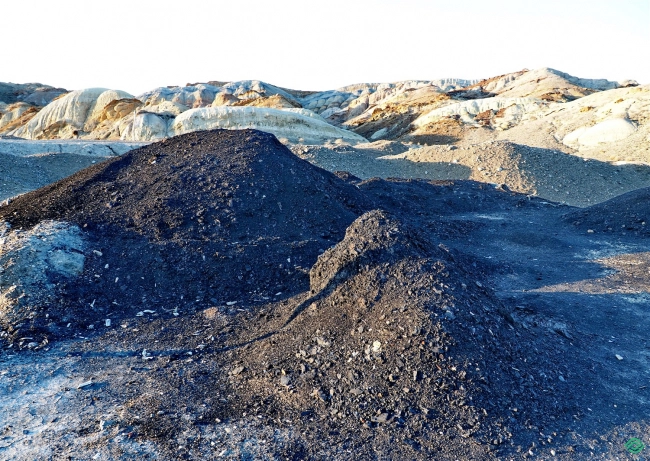
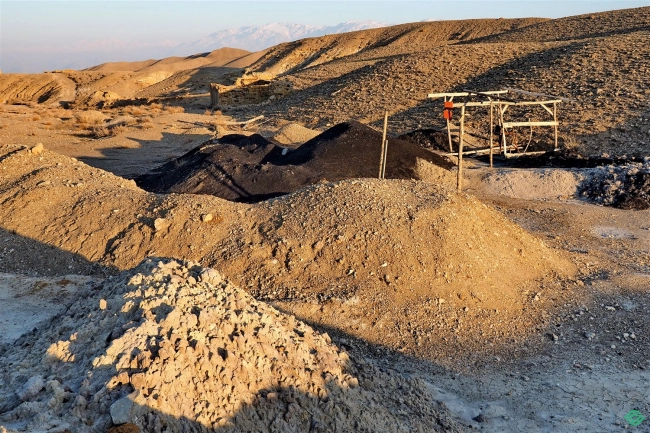
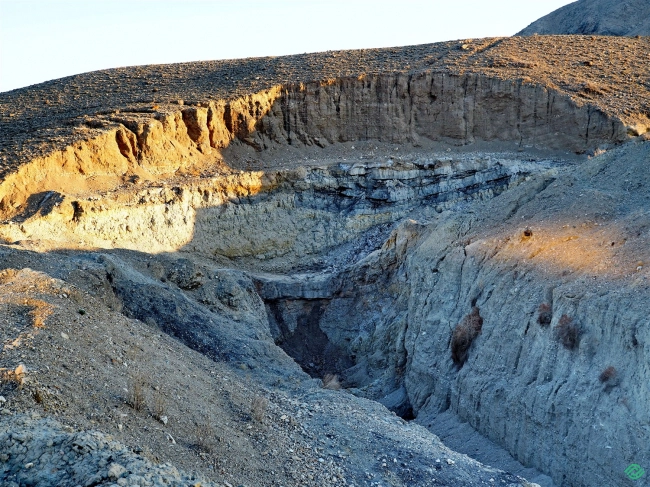
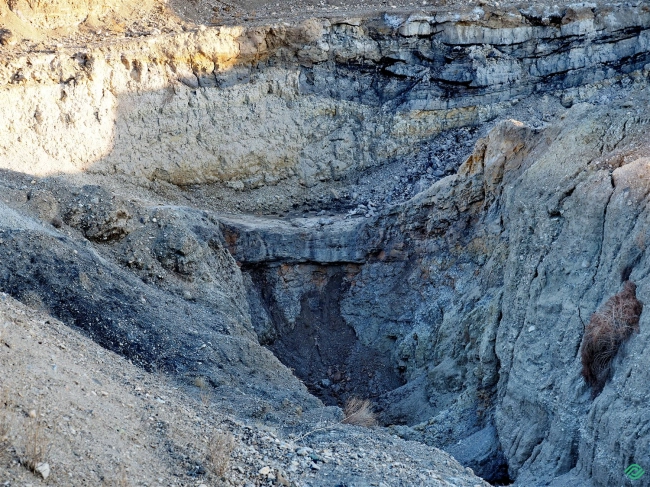


















Attention: Information based on submitted complaints